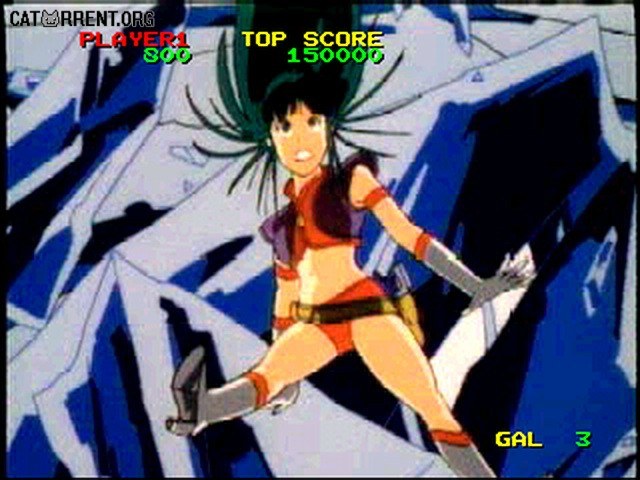

The LD-ROM2 wasn't even worth a second glance due to the lack of software available for the TurboDuo. Why would gamers spend nearly $1,600 to play 16-bit Genesis games, Sega CDs and laser discs when they could walk into a store and get a Sega CD ($229.99) and Genesis ($89.99) for a combined price of $319.98? Even if they had to have a laser disc player, they could get one with more features (the LaserActive did not have a jog shuttle or digital display) for under $900.00. By late 1993, this medium was compatible with over 200 karaoke titles.ĭespite the technology, games were few and far between. Words would appear along the bottom of the screen and a microphone was included for players to sing along. This device allowed would-be singers to croon along with their favorite videos. The third option for those who preferred a more offbeat form of entertainment was the Laser Karaoke pack, retailing for $349.99. Since this module was developed in conjunction with NEC Home Electronics, consumers had the ability to play TurboChips, Super CD-ROMs, CD+G discs and LaserActive LD-ROM2 discs. Of course, this sum only included the Mega-LD pack the actual Pioneer LaserActive retailed for $969.99.įor those who preferred the relatively small lineup of software on the TurboDuo, the LD-ROM2 package was available for the same $599.99 price tag as the Mega-LD pack. All this could be yours for the price of $599.99.

Included in the bundle was a six-button control pad, a Mega-LD named Pyramid Patrol and a Sega CD featuring a compilation of four Genesis classics: Streets of Rage, Revenge of Shinobi, Columns and Golden Axe. The latter format took advantage of the unit's power to deliver MPEG-1 full-motion video backgrounds while the Genesis provided the 2D sprites needed for gameplay.What this meant was that Genesis graphics were essentially "pasted" on top of video wallpaper for games using the Mega-LD format. It could play 16-bit Genesis cartridges, Sega CDs, CD+G discs and LaserActive Mega-LDs. The Mega-LD pack was developed in conjunction with Sega. The black laser disc player featured a slot in the bottom left corner that could house one of the following units: the Mega-LD pack, the LD-ROM2 pack or the Laser Karaoke pack. The attraction was in its three different modules (available separately) that could expand its capabilities. The curious thing about the LaserActive was that it couldn't play games by itself, relying instead on laser discs and audio CDs. In January 1993, Pioneer Electronics introduced their new LaserActive system at the Winter Consumer Electronics Show in Las Vegas, Nevada.


 0 kommentar(er)
0 kommentar(er)
